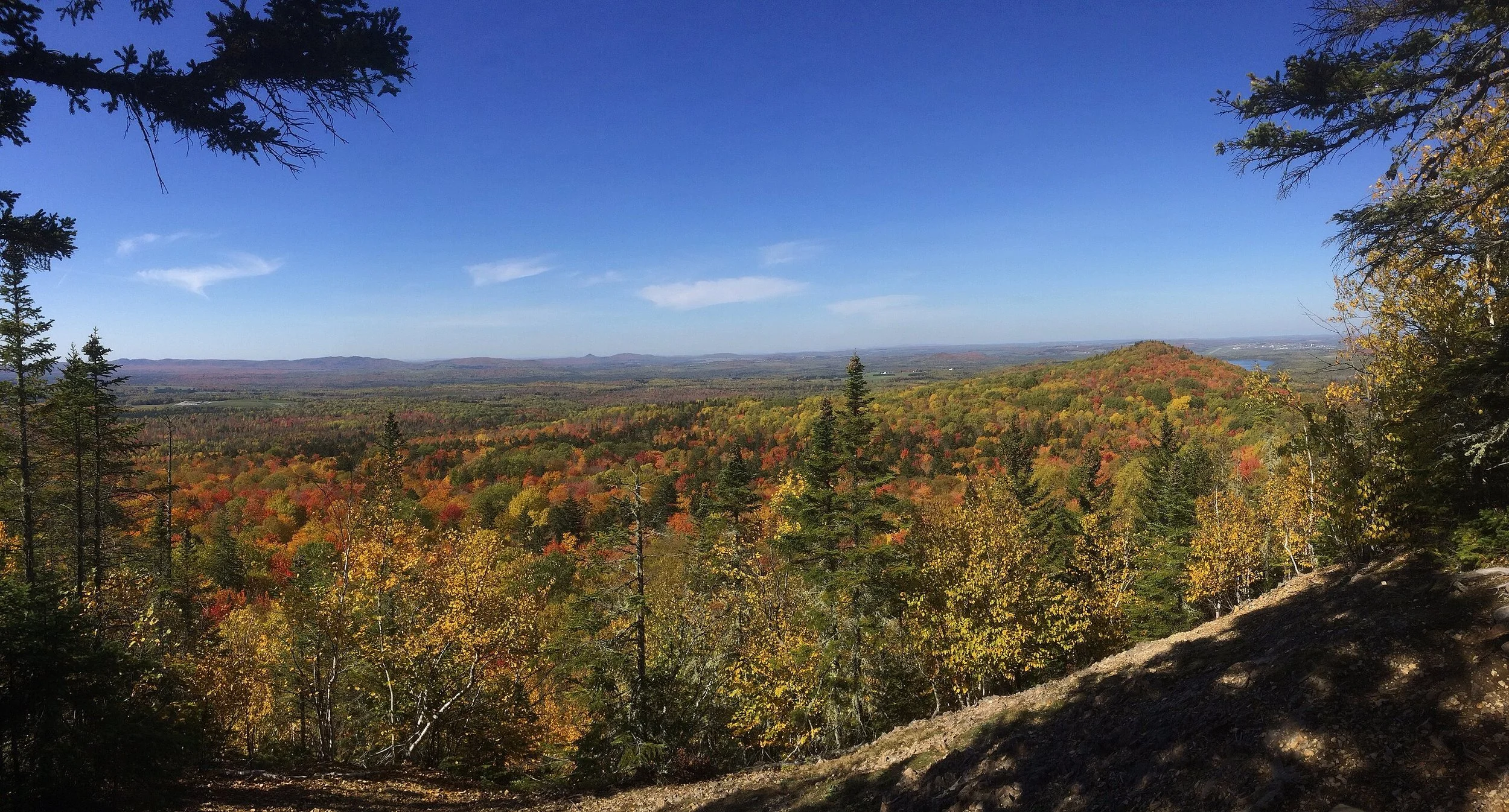‘Mass timber’ building
Mixed coniferous and deciduous forest in Presque Isle, Maine.
—Photo by Itsasatire
Adapted from Robert Whitcomb’s “Digital Diary,’’ in GoLocal24.com
Most of New England is woodland, especially, of course, Maine, New Hampshire and Vermont. Well-managed forests can be an economic boon, especially given the renewability of wood as a building material. (Let’s hope that a hurricane doesn’t blow down a lot of it, which is what happened in 1938.)
I thought of this after reading Abigail Brone’s article on the New England News Collaborative website about the use of “mass timber,’’ which involves installing wood panels in place of concrete and steel, whose manufacturing emits a great deal of carbon dioxide. The wood panels are shipped to building sites from fabrication centers elsewhere. Installing wood cuts labor costs compared to handling concrete and steel. This, among other things, could encourage a speedup in much-needed housing construction over the next few years.
Ms. Brone notes that the cost of mass timber in New England is substantially raised by having to be shipped from the South and Canada. But why not harvest a lot of New England wood for the purpose – especially from Maine, which is almost 90 percent forested?
A University of Maine report says:
“The Maine Mass Timber Commercialization Center (MMTCC) brings together industrial partners, trade organizations, construction firms, architects, and other stakeholders in the region to revitalize and diversify Maine’s forest-based economy by bringing innovative mass timber manufacturing to the State of Maine. The emergence of this new innovation-based industry cluster will result in positive economic impacts to both local and regional economies, particularly in Maine’s rural communities.”
